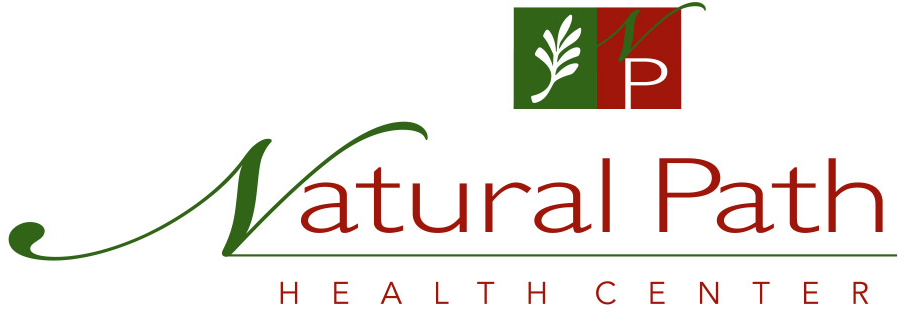Excess estrogen is implicated in numerous health conditions in both men and women, ranging from cancer to PMS to excess body fat and insulin resistance. Luckily, there are several natural ways to help the body metabolize and eliminate estrogen safely and effectively.
How Estrogen is Metabolized
Estrogen is metabolized by the body via one of three major pathways. Two of the pathways – called 16 alpha-hydroxylation and 4-hydroxylation – produce metabolites with persistent estrogenic activity that is thought to promote tissue proliferation, which can increase a person’s risk of cancer. In fact, it has been shown that 16 alpha-hydroxylation activity often precedes the clinical presentation of cancer and is considered a significant risk factor for estrogen-dependent tumors. It has been shown that 16-alpha hydroxylation is nearly five times higher in patients with breast cancer than patients that don’t have breast cancer.

The other pathway is called the 2-hydroxylation pathway; this process transforms estrogens into 2-hydroxyestradiol and 2-hydroxyestrone, which are thought to be protective against hormone dependent cancers. In fact, it has been shown that as more estrogen is processed through the 2-hydroxylation pathway, the incidence of cancer decreases. Therefore, the healthiest way to metabolize excess estrogen is via the 2-hydroxylation pathway.
Modifying Estrogen Metabolism
Hundreds of studies have shown that several compounds, including indole-3-carbinol (I3C) and diindolylmethane (DIM) upregulate the metabolism of estrogen via the 2-hydroxylation pathway. These compounds are found in cruciferous vegetables, including broccoli, Brussel sprouts, kale, cauliflower and cabbage. However, in order to get the 400 mg of I3C that research has shown is necessary to improve estrogen metabolism, you’d need to eat about 2-2.5 pounds of these vegetables daily. Since that is unlikely, most people supplement their diet with these compounds, and for good reason.
Research has shown that 400 mg of I3C and/or DIM given daily can result in a 50% increase of 2-hydroxylation of estrogens, making I3C and DIM effective weapons against breast, cervical and skin-cancers, as well as any condition related to excess estrogens.
References
- Bradlow HL, Telang NT, Sepkovic DW, et al. 2-Hydroxyestrone: the ‘good’ estrogen. J Endocrin 1996;150:S259-S65.
- Muti P, Bradlow HL, Micheli A, et al. Estrogen metabolism and risk of breast cancer: a prospective study of the 2:16α-hydroxyestrone ratio in premenopausal and postmenopausal women. Epidemiology 2000;11(6):635-40.
- Yager JD, Liehr JG. Molecular mechanisms of estrogen carcinogenesis. Annu Rev Pharmacol Toxicol 1996;36:203-32.
- Westerlind KC, Gibson KJ, Malone P, et al. Differential effects of estrogen metabolites on bone and reproductive tissues of ovarectomized rats. J Bone Miner Res 1998;13(6): 1023-31.
- Saarinen N, Joshi SC, Ahotupa M, et al. No evidence for the invivo activity of aromatase-inhibiting flavonoids. J Biochem Mol Biol, 2001, 78(3):231-9.
- Fishman J, Schneider J, Hershcope RJ, et al. Increased estrogen 16-alpha-hydroxylase acitvity in women with breast and endometrial cancer. J Steroid Biochem . 1984; 20(4B):1077-1081.
- Osborne MP, Bradlow HL, Wong GY, et al. Upregulation of estradiol C16 alpha-hydroxylation in human breast tissue as a potential biomarker of breast cancer risk. J National Cancer Inst. 1993;85(23):1917-1920.
- Michnoviez JJ, Bradlow HL. Induction of estradiol metabolism by dietary indole-3-carbinol in humans. J Natl Cancer Inst, 82(11): 947-949.
- Michnoviez JJ, Bradlow HL. Altered estrogen metabolism and excretion in humans following consumption of indole-3-carbinol. Cancer, 1991;16(1):59-66.
